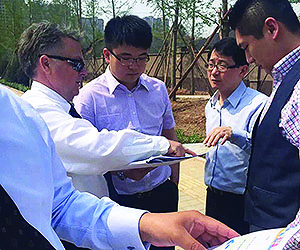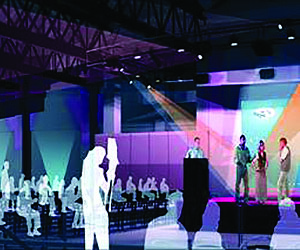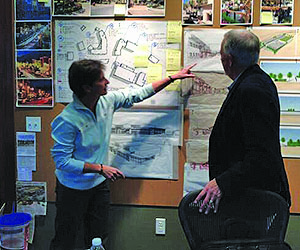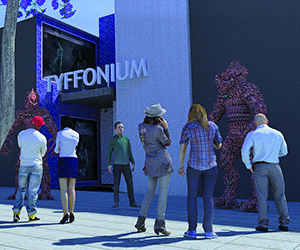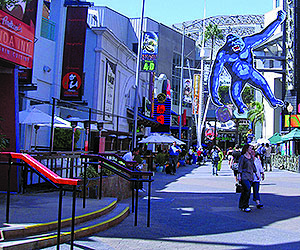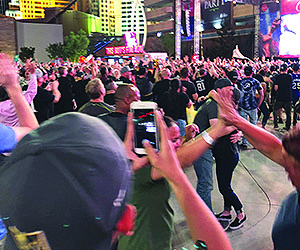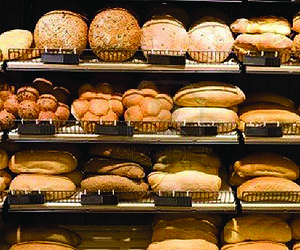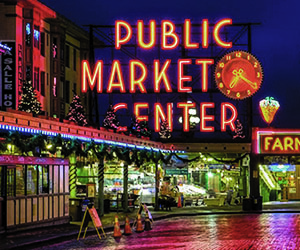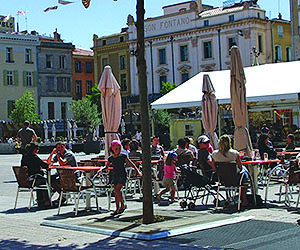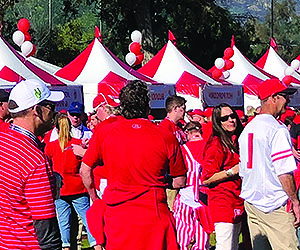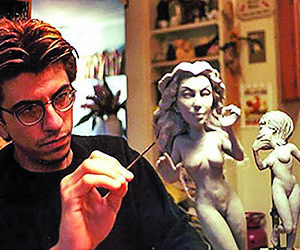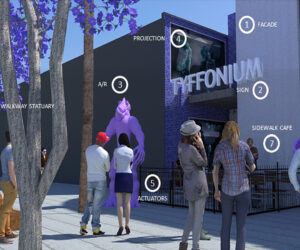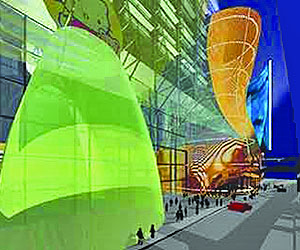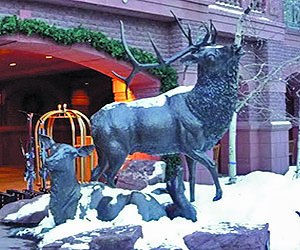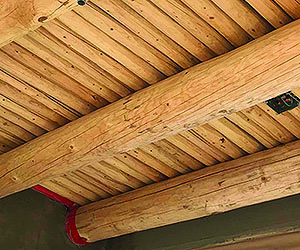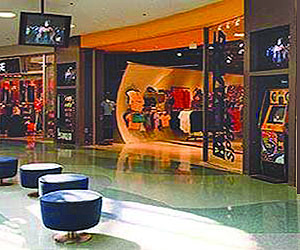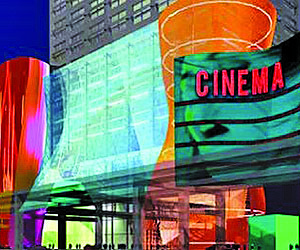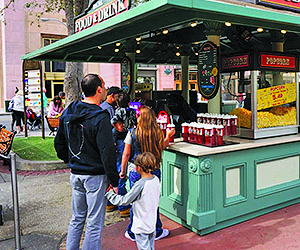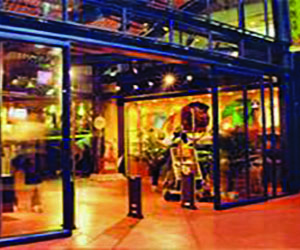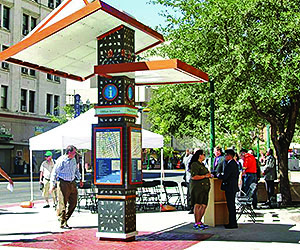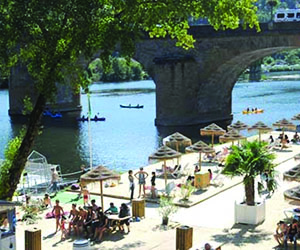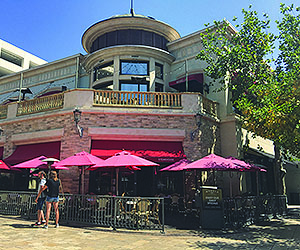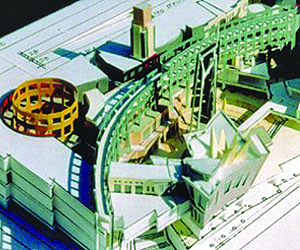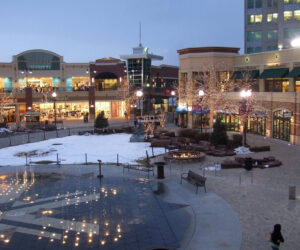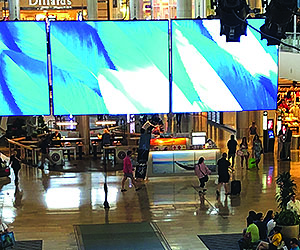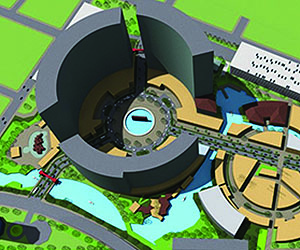We’ve found that when talking about placemaking design, tactics, and ideas for achieving great gathering places, it’s all in the details. Fortunately, there are a lot of ingredients that can be introduced in making a place compelling. And since we work for both public- and private-sector clients, we believe that there is a monetization strategy possible with these places. It has been interesting to watch the evolution in what place making is considered to be, as more and different contributors to the subject make their mark!
Why Bother With Placemaking?
Well, its fun at home … and there are a lot of facilities and places competing for consumer attention during their leisure-time … how best for an out-of-home destination place to compete? … around the world, the in-home experience has been augmented by technology – the Internet-enabled life, mobile phones, satellite and cable television, oversized LED screens, home theaters, video game platforms … and consumers everywhere have seen blockbuster effects-laden films, visited the great theme and amusement parks … and shopped and dined at satisfying malls and districts … How to meet and exceed a consumer’s expectations in a world where a consumer may believe they have seen everything?

Trancas Country Market (Malibu, California) provides illustrates how micro-placemaking can occur even in a grocery-anchored community shopping center. The pocket park and its edges works on so many levels, and is a popular community gathering place.
Some Important Factors and Some Placemaking Ideas
A sense of place. A wonderful simple yet intangible feeling made up of a complex tapestry of many things – at once an experience of the moment, as well as feelings for a place’s history, romance, and role in our community. Cultivating a sense of place is among the highest objectives. However that may be defined.
We look for placemaking opportunities in almost all of our work, whether the place is for large community gatherings, a large project’s central court, or simply the incidental moments where people move about within smaller facilities.
Some things we think about regarding placemaking are provided in the following. There is no particular order the factors, and of course, every place is about different circumstances. Hopefully. And we note that for us this is an open article – we’re dropping content about creative placemaking design, tactics, and ideas as we complete our thoughts. We welcome yours.


